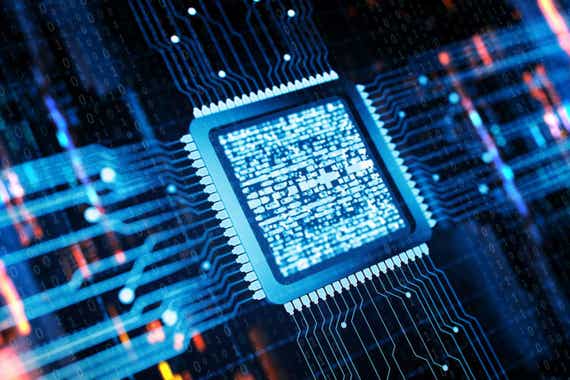[News] AI chatbots are improving at an even faster rate than computer chips
The large language models behind AI chatbots are developing so rapidly that after eight months, a model only needs half the computing power to hit the same benchmark score - which is much faster than the rate at which computer chips improve


Add comment